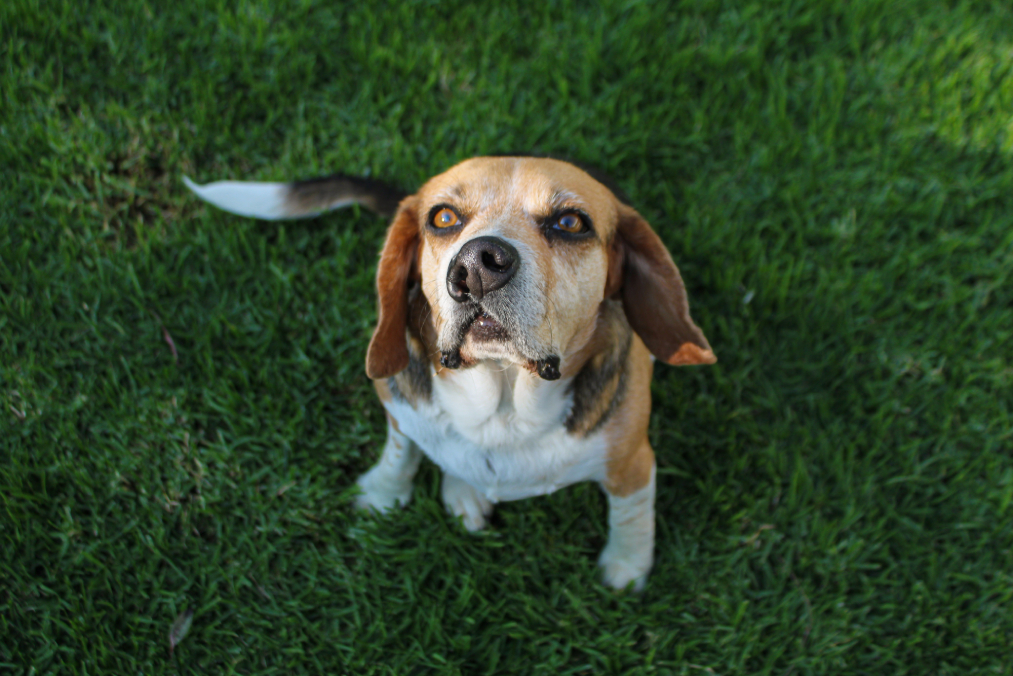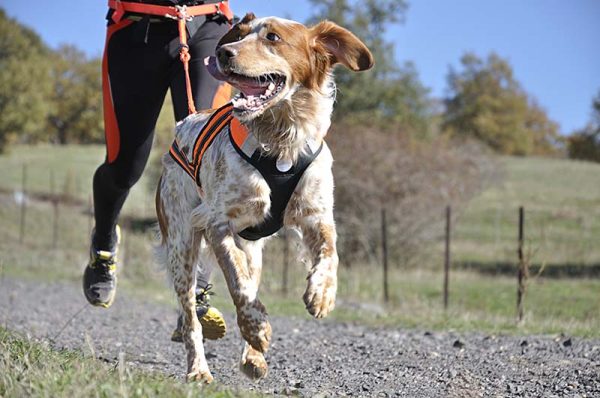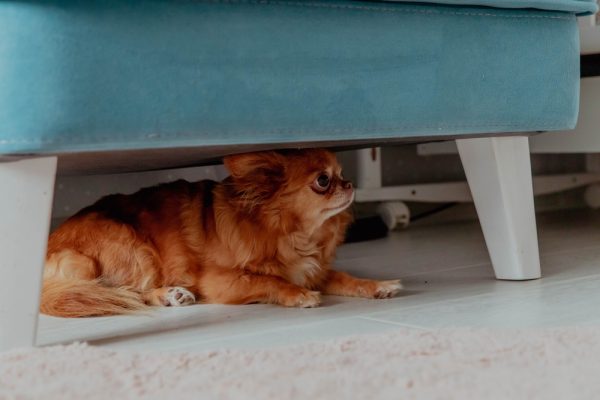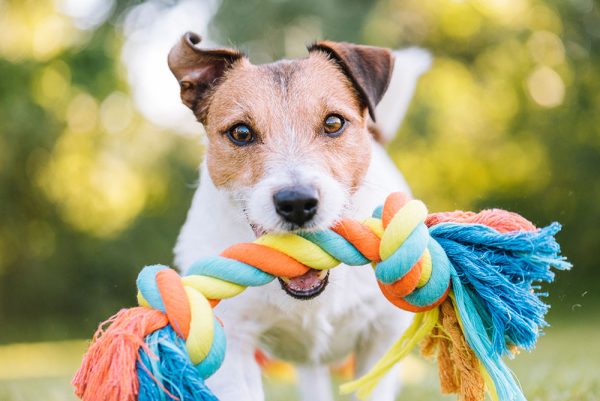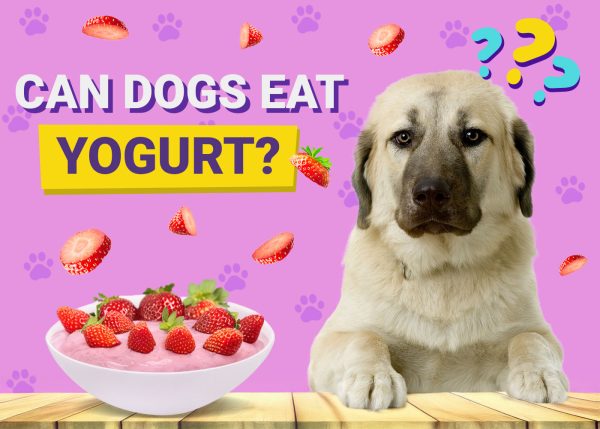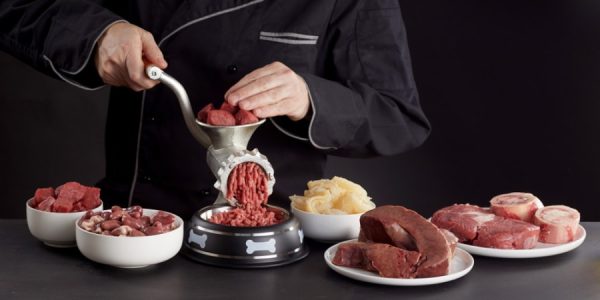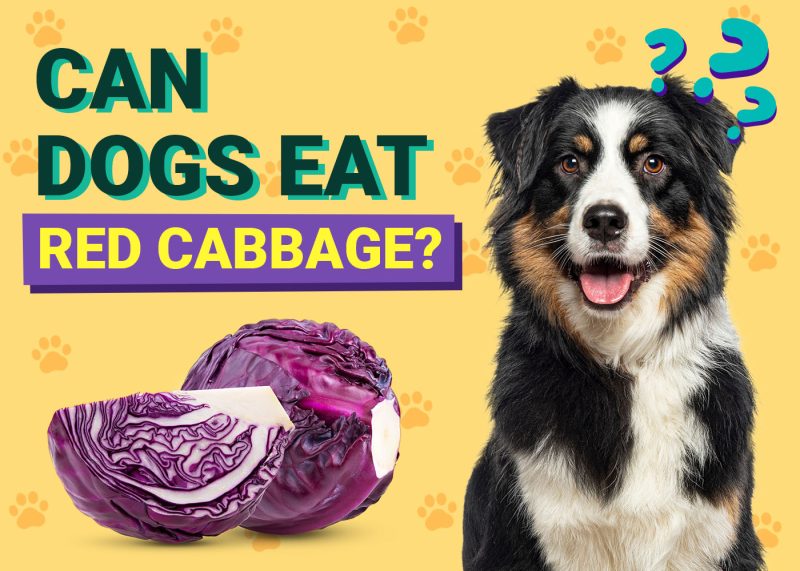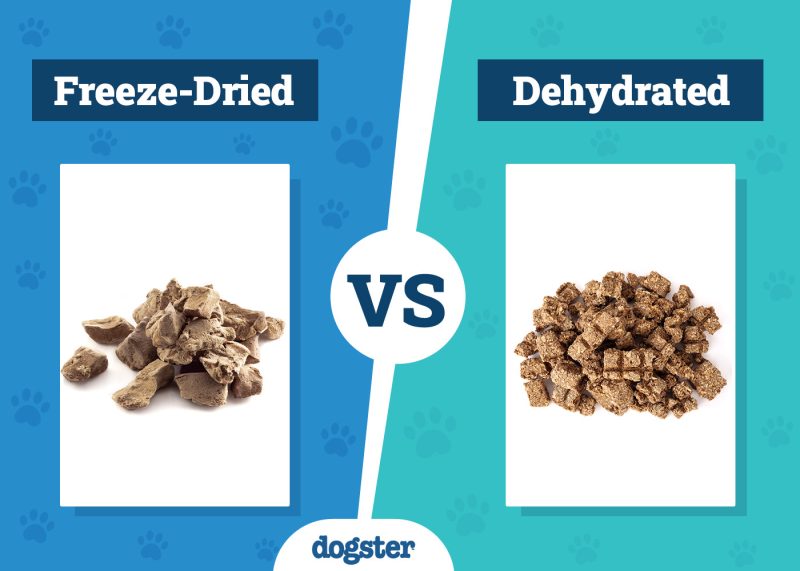In this article
View 4 More +Cleft palates are unnatural gaps connecting a dog’s mouth and nasal cavities. Though only affecting a small percentage of animals, these debilitating facial defects create a steep uphill battle from day one. Between the related physical issues and the cost and risks of surgical repair, many owners feel euthanasia is their only option for dogs with cleft palates.
Despite the challenges, many dogs recover from clefts to lead happy and healthy lives. Let’s discuss cleft palates in dogs, their outlook, and how we can help these animals in need.

What Is Cleft Palate in Dogs?
A cleft palate (palatoschisis) is a birth defect in which there is an opening in the roof of the mouth. During embryonic development, facial structures forming the sides of the palate fail to fuse properly, creating an open space between the mouth and the nasal passage. The space can range from a few millimeters to a few inches in length.
A cleft can be a primary cleft of the upper lip and incisive bone at the front of the mouth or a secondary cleft in the hard or soft palates. The hard palate consists of a mucosa-covered bone at the roof of the mouth, while the soft palate is soft tissue that sits behind it, leading to the throat. Secondary clefts are much more common. The severity of a cleft palate depends on its size and location.
Cleft palates are rare, occurring in roughly 1.3%–2.8% of dogs.1 The frequency varies significantly by breed. Whether a mix or purebred, any dog can suffer from the condition, but it is more common in purebred brachycephalic dogs.
- Boxer
- Boston Terrier
- Bulldog
- Beagle
- Pekingese
- Miniature Schnauzer
- Dachshund
- Cocker Spaniel
- Great Pyrenees
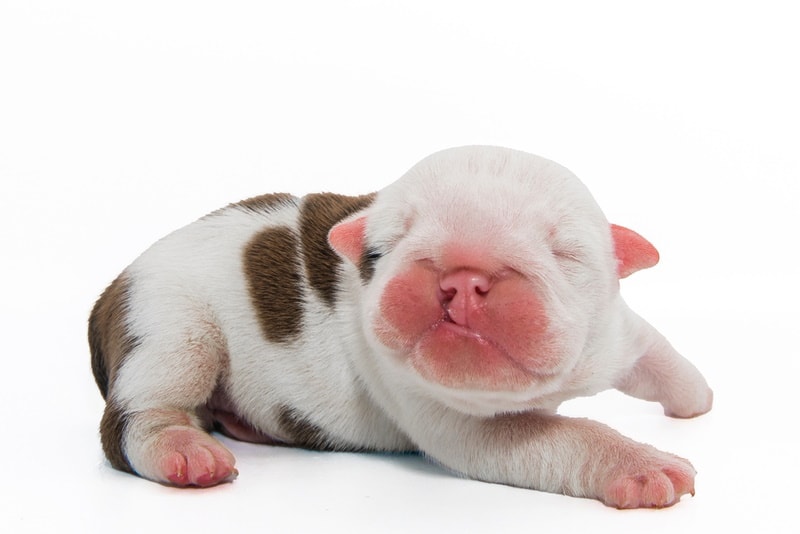
What Are the Signs of Cleft Palate?
Although signs of a cleft lip are noticeable from birth, a cleft palate can fly under the radar until physical difficulties indicate an issue. Dogs with cleft palates have trouble nursing since they can’t create suction to draw in milk.
- Nasal discharge
- Sneezing
- Nasal mucosa irritation and inflammation
- Trouble swallowing
- Coughing, choking, and regurgitation
Malnutrition, rhinitis, and aspiration pneumonia often occur due to cleft palates, with poor growth and starvation being significant concerns. Aspiration pneumonia is a type of lung inflammation and infection occurring when the dog inhales food and/or liquid into the nasal passage through the opening. The condition is serious and can be fatal.
Cleft palates happen alongside various other health issues in many dogs. Additional mouth and dental problems like malocclusion and misalignments may accompany clefts. Some dogs also suffer hearing loss from middle ear disease. Veterinarians performing oral exams to diagnose cleft palates often perform comprehensive tests to rule out additional malformations.
If your dog is showing any of these signs, we recommend speaking with a vet.
If you need to speak with a vet but can't get to one, head over to PangoVet. It's our online service where you can talk to a vet online and get the advice you need for your dog — all at an affordable price!
What Are the Causes of Cleft Palate in Dogs?
Due to the susceptibility of some breeds, palatine clefts are likely linked to genetics.
Many consider cleft palates as the product of multiple genetic and environmental factors during pregnancy.
- Nutrition deficiencies, mainly folic acid
- Toxins and some medications
- Viral infections
Acquired Cleft Palate
Non-congenital cleft palates can occur in a normally healthy dog at some point in their life.
- Trauma including foreign objects
- Dental disease
- Tumors
Although the signs and difficulties of both cleft types are similar, the term “cleft palate” typically refers to congenital birth defects. Holes in the palate that appear after birth from disease or trauma are typically called oronasal fistulas.
Breeding and husbandry play shared roles in promoting or preventing cleft palates within litters. Due to the genetic link, owners should not use dogs with cleft palates for breeding.

How Do I Care for a Dog With a Cleft Palate?
Caring for a dog with a cleft palate is extremely difficult and often risky. Most dogs with cleft palates die young due to starvation, aspiration, or euthanasia. Still, many have saved puppies with severe cleft palates with constant care and access to effective surgical options.
Although cleft palate corrections used to have a high failure rate, newer processes are improving the outlook for affected dogs.
Pre-Surgery
After diagnosing a dog with a cleft palate, vets put them on an intensive nursing schedule. Additional blood tests may be necessary to check for infections. Issues like rhinitis and pneumonia will need treatment before the dog can have surgery.
Puppies can’t have corrective surgery until they are at least 12 weeks old, as the tissues must grow and become strong enough to close the hole. The recommended age is four months or older, though vets may delay surgery for extreme defects until the permanent teeth come in at 7–8 months.
Until then, the dogs need constant care. Following diagnosis, vets provide personalized care instructions for a proper diet, feeding techniques, and medicine administration until the dog is old enough for surgery. Young dogs with cleft palates should eat in an upright position, sometimes requiring a feeding tube.
They need frequent oral cleanings to remove food debris. New techniques now allow an inexpensive temporary palatal prosthesis to fit in the mouth and cover the gap to ease feeding and prevent infections. Vets can create a palate mold with thermoplastic mouthguards, replacing it every few weeks as the puppy grows.
Cleft Palate Surgery
Though small palatine clefts may heal naturally, most require surgery. The most common surgical approaches involve mucous flaps. Veterinarians overlap pre-existing tissues to cover the opening and restore the nasal cavity floor. More advanced procedures for extra-wide defects can include tissue grafts and prostheses.
Extensive gaps often require multiple operations, and follow-up repairs may be necessary. The development of an oronasal fistula is one of the most common complications of cleft palate surgery. Dogs may develop these following their cleft palate surgery due to the tension in the repair or infections aggravating the site.
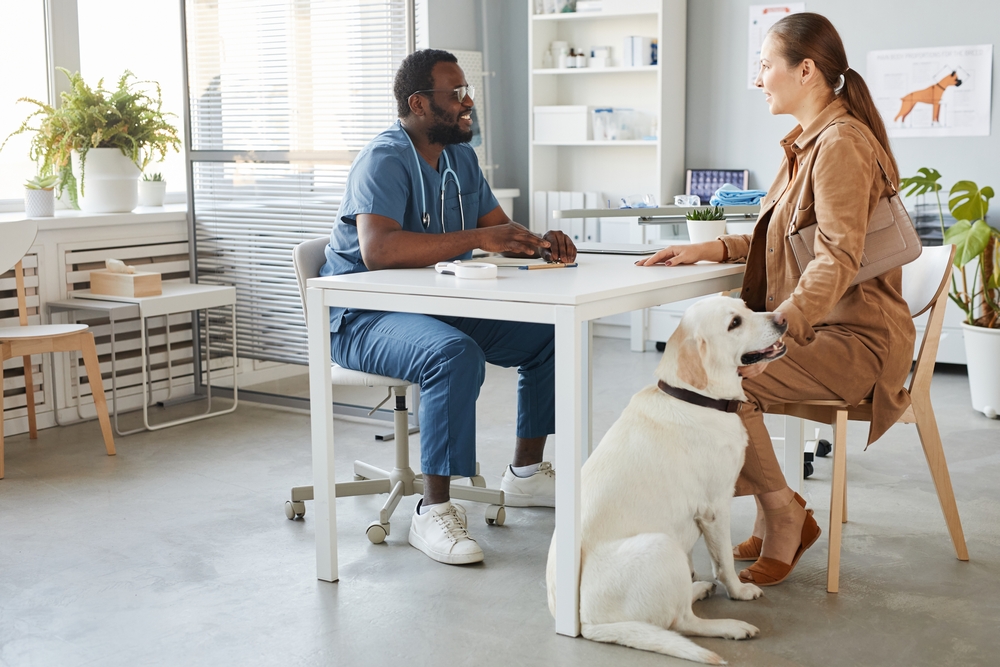
Aftercare
Aftercare for cleft palate surgery can involve antibiotics for related infections, pain relievers, and a recovery plan. A common issue after an operation is dehiscence, which is the breakdown of the surgical incision.
Owners must feed their dogs special diets or use a feeding tube for roughly 3–4 weeks after surgery. Meanwhile, they must ensure the dog doesn’t aggravate the spot by rubbing it or chewing hard foods and toys.

Frequently Asked Questions (FAQ)
Can a Dog Live With a Cleft Palate?
Due to the trouble with feeding and the potential for aspiration, puppies with cleft palates generally can’t thrive without surgery. They need ongoing and intensive care, and the risk of infections and additional health problems is too high for anyone to expect them to survive long.
Most dogs will either succumb to aspiration pneumonia and other health problems or face euthanasia.
How Can We Prevent Cleft Palate in Dogs?
Breeders can reduce the likelihood of cleft palate by ensuring any dogs with a cleft are spayed or neutered to prevent them from reproducing. Due to environmental factors, the female’s diet and health are crucial in avoiding malformations.
Folic acid supplementation has been shown to lower the incidence of cleft palate in some dogs. Vitamins B6 and B12 may also help reduce occurrences. Pregnant females should also not be exposed to toxins or given medications that could affect embryonic development.

Conclusion
Cleft palates are severe malformations that create immediate dangers and require urgent and ongoing attention. Fortunately, the condition isn’t a death sentence. As breeders increase their knowledge of preventing malformations and experts improve surgical procedure success rates, more dogs have the chance to live long, fulfilling lives.
Featured Image Credit: paugarzagarcia, Shutterstock
